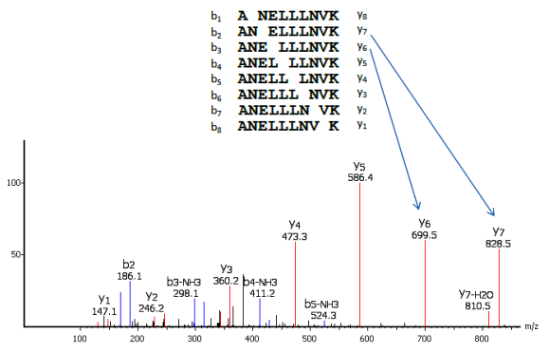

Their results, they suggested, “suggest that the presence of this peptide in the microbiome may trigger or potentiate the autoimmune response that leads to the development of T1D in genetically susceptible individuals.” “We found a significant association between the presence of this bacterial mimic and development of T1D in children,” the team noted. distasonis bacteria by oral gavage accelerated T1D progression in NOD mice in vivo by stimulating innate immune cells and CD8+ T cells and decreasing regulatory T cells.”Ī separate analysis of human gut microbiome data from a study of 269 infants, aged 0 to three years, who were genetically predisposed to T1D, also indicated that children who have this bacterium in their gut microbiome early in life have a much higher risk of developing T1D than those without it. distasonis can accelerate diabetes onset in a mouse model of T1D, inducing destructive immune cells and decreasing protective immune cells,” they stated. The researchers went on to show that giving this bacterium to mice with a genetic risk for T1D (Nonobese diabetic, or NOD, mice) resulted in more severe inflammation in the insulin-producing islet cells of the pancreas, and was associated with earlier onset of diabetes. “Human and mouse immune cells specific to insB:9–23 cross-react with this bacterial mimic.” distasonis that mimics an important insulin epitope (insB:9–23),” the investigators stated. “We identified a sequence in the human gut bacterium P. distasonis-could activate both human and mouse immune cells specific to insB:9–23. Their experiments demonstrated that only one of the selected peptides-a peptide from the gut bacterium called P. The team then synthesized 17 of the most similar candidate peptides and tested them for their ability to activate insB:9–23-specific immune cells that occur in T1D. However, they further noted, “… while molecular mimicry has long been postulated as a potential factor in autoimmune diseases, including T1D, progress in this area has been limited due to a lack of identification of microbial sequences that might trigger this response.” To investigate this further, Kahn and colleagues analyzed microbial databases and identified 47 microbial peptides matching the insB:9–23 insulin peptide target by 50% or more. “… we hypothesized that exposure to a microbial peptide that resembles the insulin epitope, insB:9–23, could stimulate or modify the autoimmune response initiating T1D,” the authors suggested. What triggers this autoimmune response remains unknown. “One of the earliest aspects of this process is the development of autoantibodies and T cells directed at an epitope in the B-chain of insulin (insB:9–23). These AABs target several autoantigens, including insulin, and insulin autoantibodies (IAAs) are usually the first to be detected.

“One of the earliest markers of T1D is the development of islet autoantibodies (AABs),” the authors explained. One of the earliest targets of this immune response is a specific sequence of amino acids, or peptides, within the insulin molecule. In T1D, the body develops immune cells that target pancreatic beta cells, which play a critical role in the production and secretion of insulin. Kahn and colleagues reported their findings in PNAS, in a paper titled, “ A gut microbial peptide and molecular mimicry in the pathogenesis of type 1 diabetes,” in which they concluded: “Taken together, our results suggest this mimic has the potential to trigger/modify T1D onset.” “Our findings suggest that exposure to a peptide made by gut bacteria that resembles an insulin peptide could stimulate or enhance the autoimmune response that initiates type 1 diabetes.” Ronald Kahn, MD, chief academic officer, Joslin Diabetes Center. “Although genetics and family history contribute to the risk of developing type 1 diabetes, the incidence rate of type 1 diabetes in children is rising at rates exceeding what can be explained on a genetic basis alone,” said C.


 0 kommentar(er)
0 kommentar(er)
